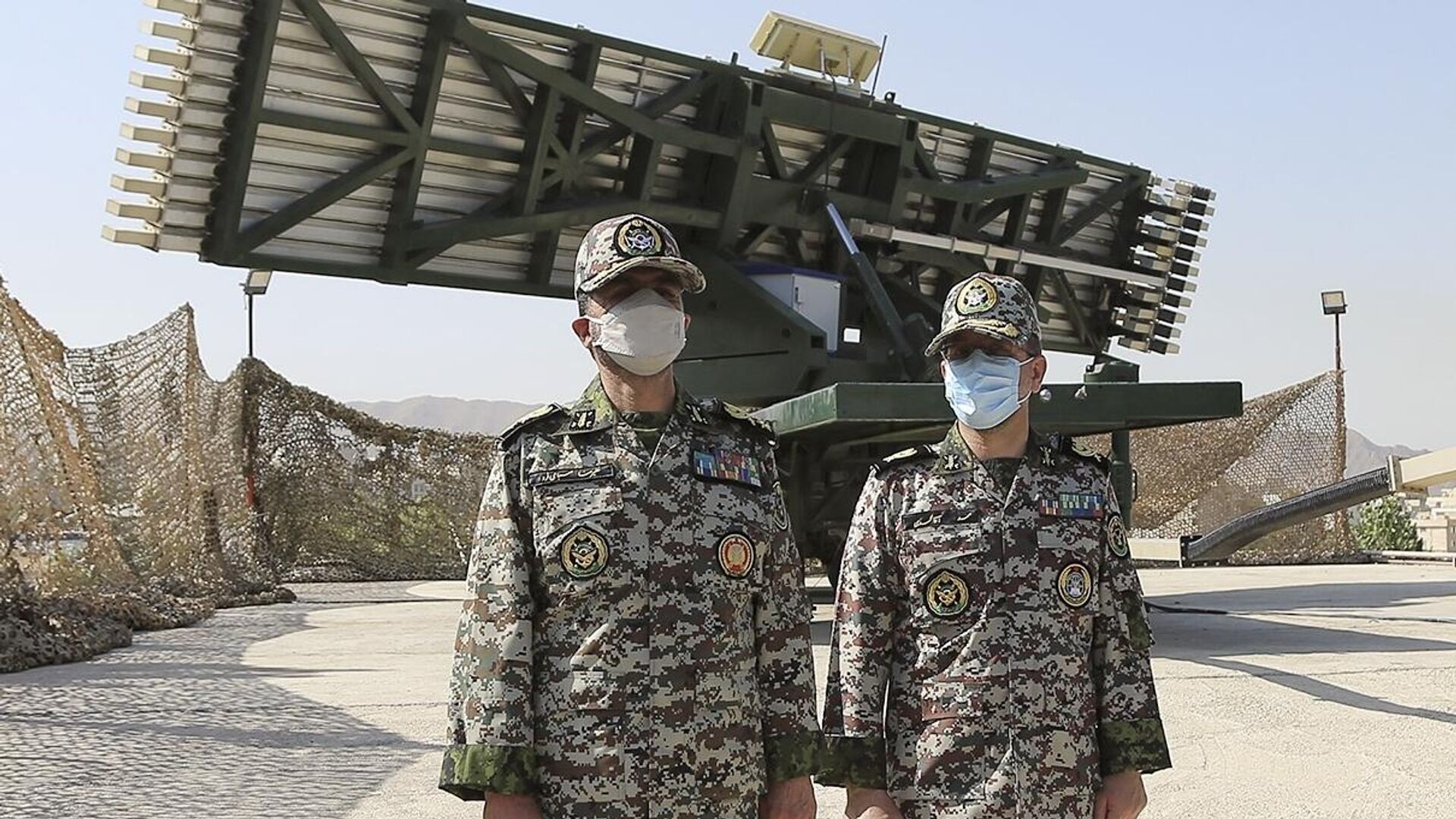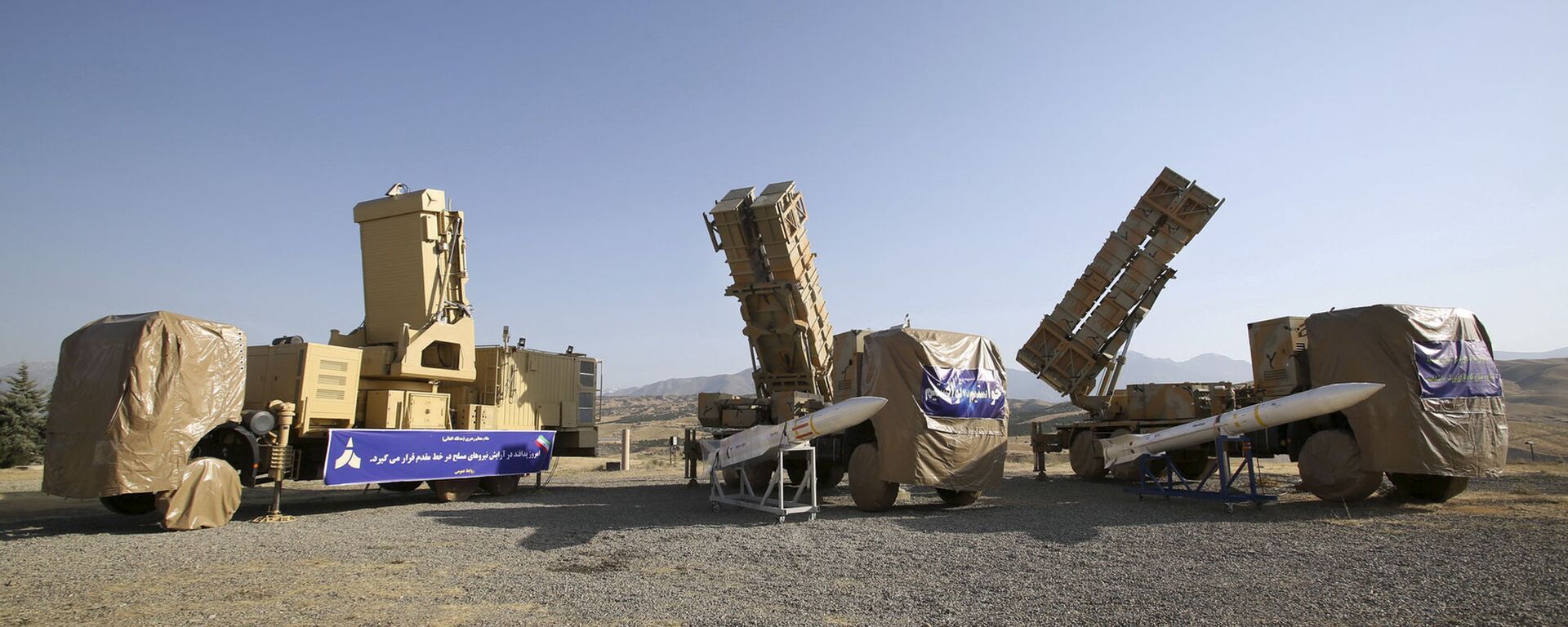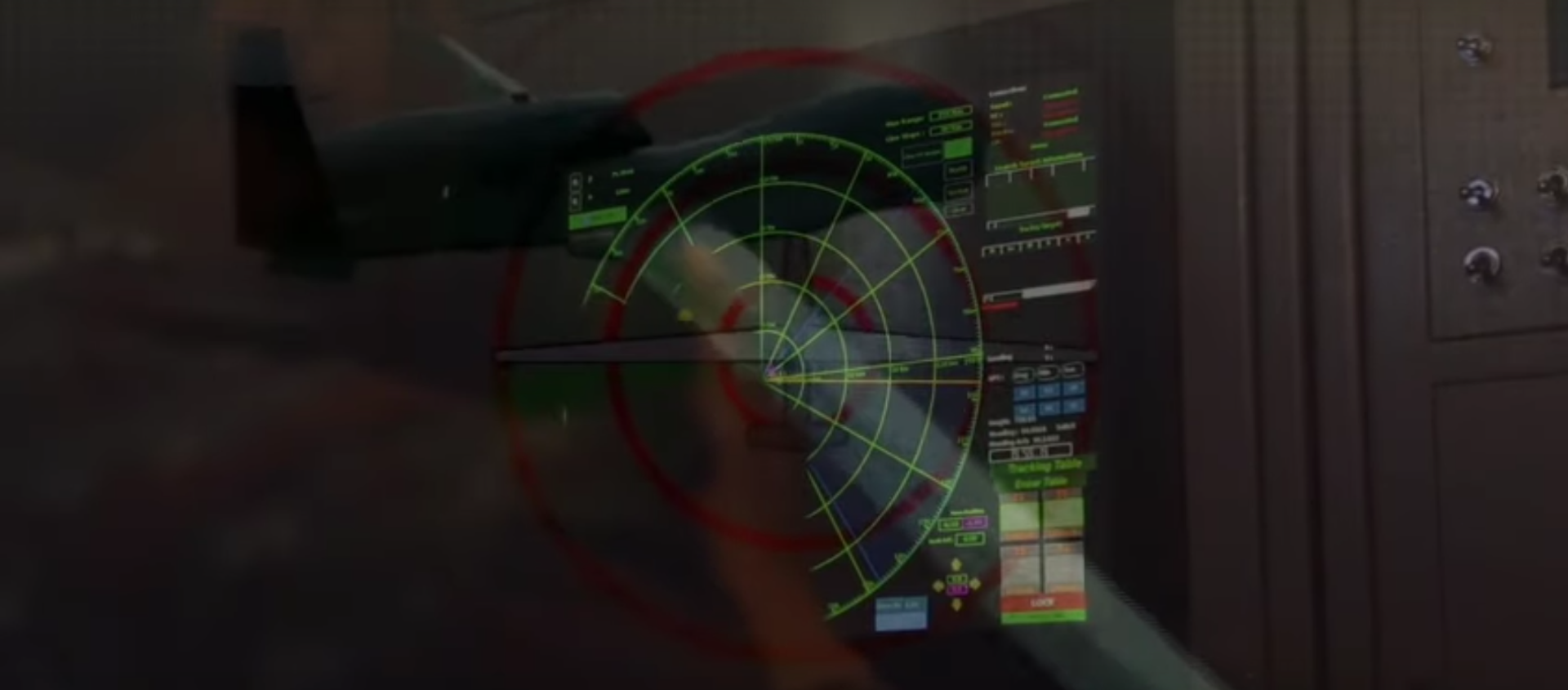‘Any Airborne Object Can Be Detected, Tracked, Dealt With’: Iran Boasts of Power of Indigenous Radar
14:11 GMT 17.01.2022 (Updated: 15:59 GMT 17.01.2022)

© Photo : @imp_navigator/twitter
Subscribe
Subject to decades of restrictions on the purchase of advanced weapons systems abroad, Iran has worked to build up its domestic arms and electronics industries, enabling the country to produce an array of advanced equipment to deter the United States and the Islamic Republic’s main regional rival – Israel.
Iran’s air defence troops enjoy the best capabilities in the Middle East and have the capability to track and destroy hostile targets using an array of homegrown radar systems, Alireza Sabahifard, the commander of Iran’s Air Defence Force, has boasted.
“The Islamic Republic of Iran Air Defence Force is at the forefront of defensive power in the region, and any airborne object -irrespective of altitude at which it flies, can be detected, tracked and even dealt with by our radars,” Sabahifard said, speaking at an address at the Imam Ali Officers’ University in Tehran.
“Our combat and defence capabilities are expanding continuously. All the military equipment in our inventory is indigenously made and produced by the youth of Iran,” the officer added.
Iran’s Air Defence Force troops recently unveiled several new radar systems designed to give the Islamic Republic the edge in the defence of its airspace.
In late 2021, the military unveiled the "Alborz" (Persian for "The Highest One") – a new 3D phased-array radar said to be capable of detecting aerial targets equipped with stealth technology up to 450 km away.
The same year, the Islamic Republic showed off a mystery new ground-based vertical launch missile system with an integrated phased array radar complex situated on the launcher itself. In October, the Revolutionary Guard tested out the domestically-built "Qods" vehicle-mounted radar in drills. That system is said to be able to detect targets at ranges of over 500 km and altitudes of over 90,000 feet.
IRGC Operates Its Domestically-Built Qods Radar for 1st Time in Drillspic.twitter.com/2t48hIZpCO
— Middle East Times 🇵🇸 🇮🇷 🇸🇾 (@middleeasttime) October 13, 2021
In 2020, Iran unveiled three additional systems, including the pickup truck-mountable Kashef-99 (lit. "Discoverer-99"), a phased array radar designed to detect small aircraft, drones and even micro air vehicles (MAVs) within a 12 km radius. The Moraqeb (‘Watchful’) and Khalij-e Fars (‘Persian Gulf’) strategic 3D phased array radar systems were revealed the same year, with officials saying that the powerful systems can see into US military bases near Iran’s borders at distances of between 400 and 800 km.
#Iran Army (Artesh) Air Defence Forces unveiled 2 radars, Khalij-e Fars (Persian Gulf) and Moragheb
— Sheyxan (@MuslimTurk1) April 19, 2020
Khalij-e Fars (actually it's a Nazir!) is an early warning radar with max. 800km range based in Hormozgan province
Moragheb is an AESA radar with max. range up to 400km pic.twitter.com/2pM11iGTtu
Iran enjoys some of the densest and most sophisticated air defence systems in the Middle East, with its radar systems complemented by layered advanced mobile and stationary SAM systems, including the Bavar-373 – an analogue of the S-300 (the Islamic Republic has four batteries of the Russian system), and the Khordad 3 – the medium-range system which shot down a $220 million US Global Hawk surveillance drone over the Strait of Hormuz in 2019, briefly bringing the two countries to the brink of war.


